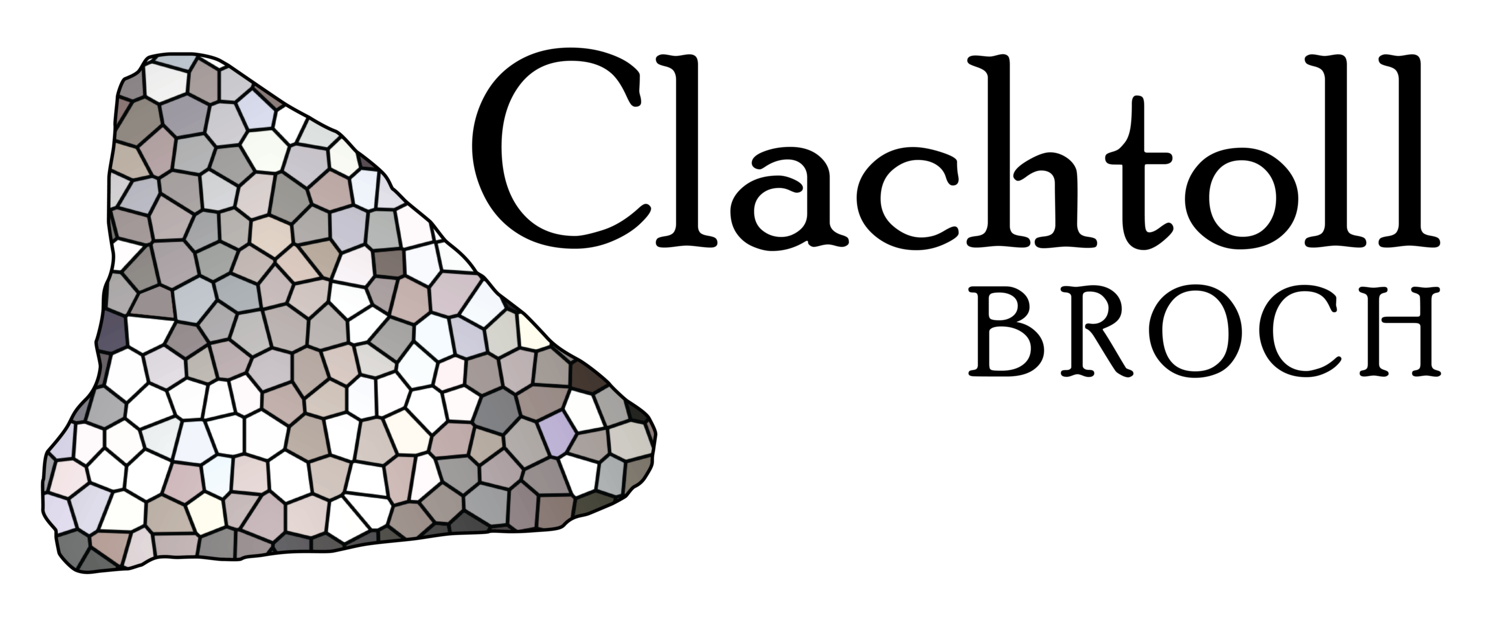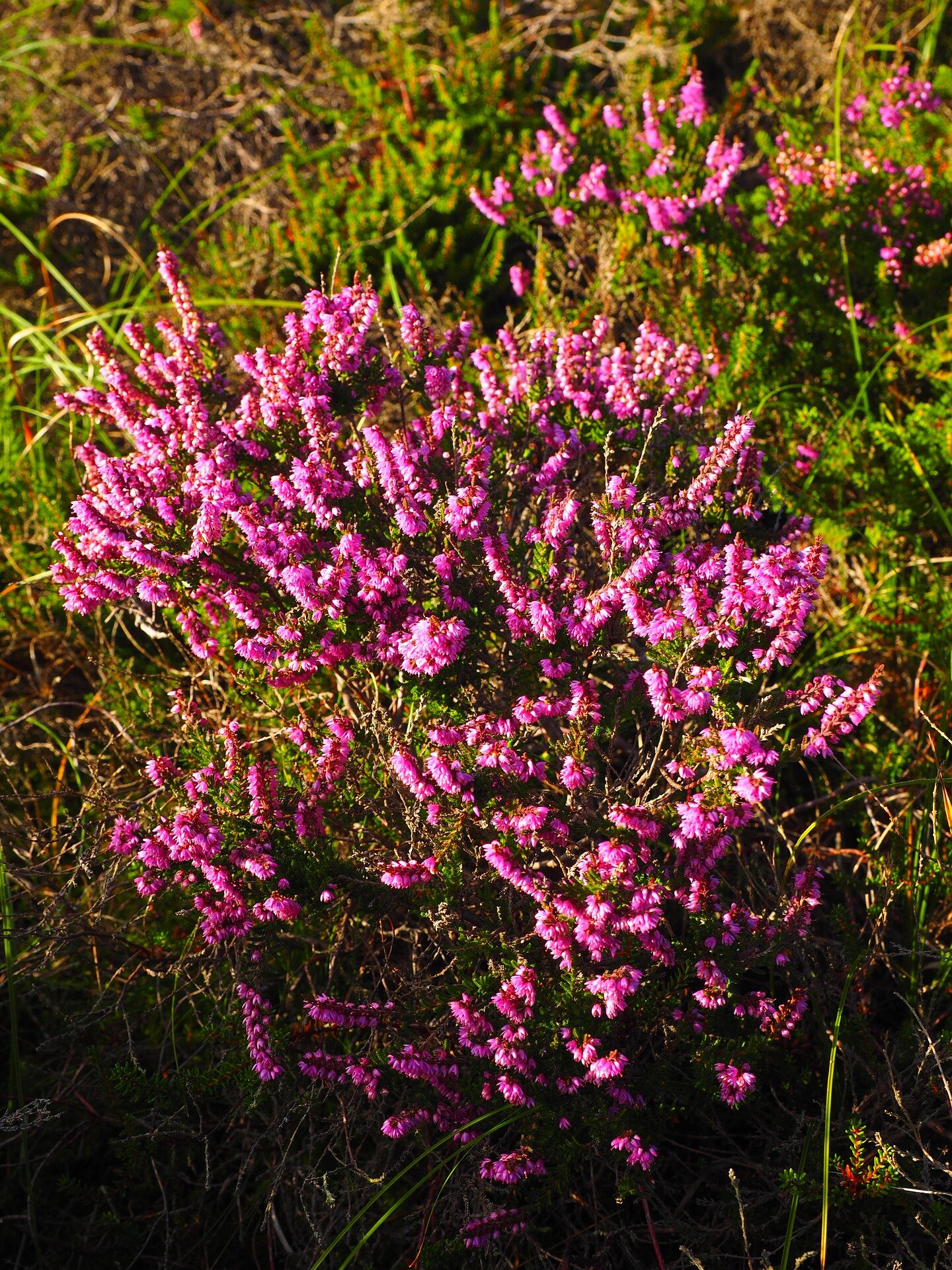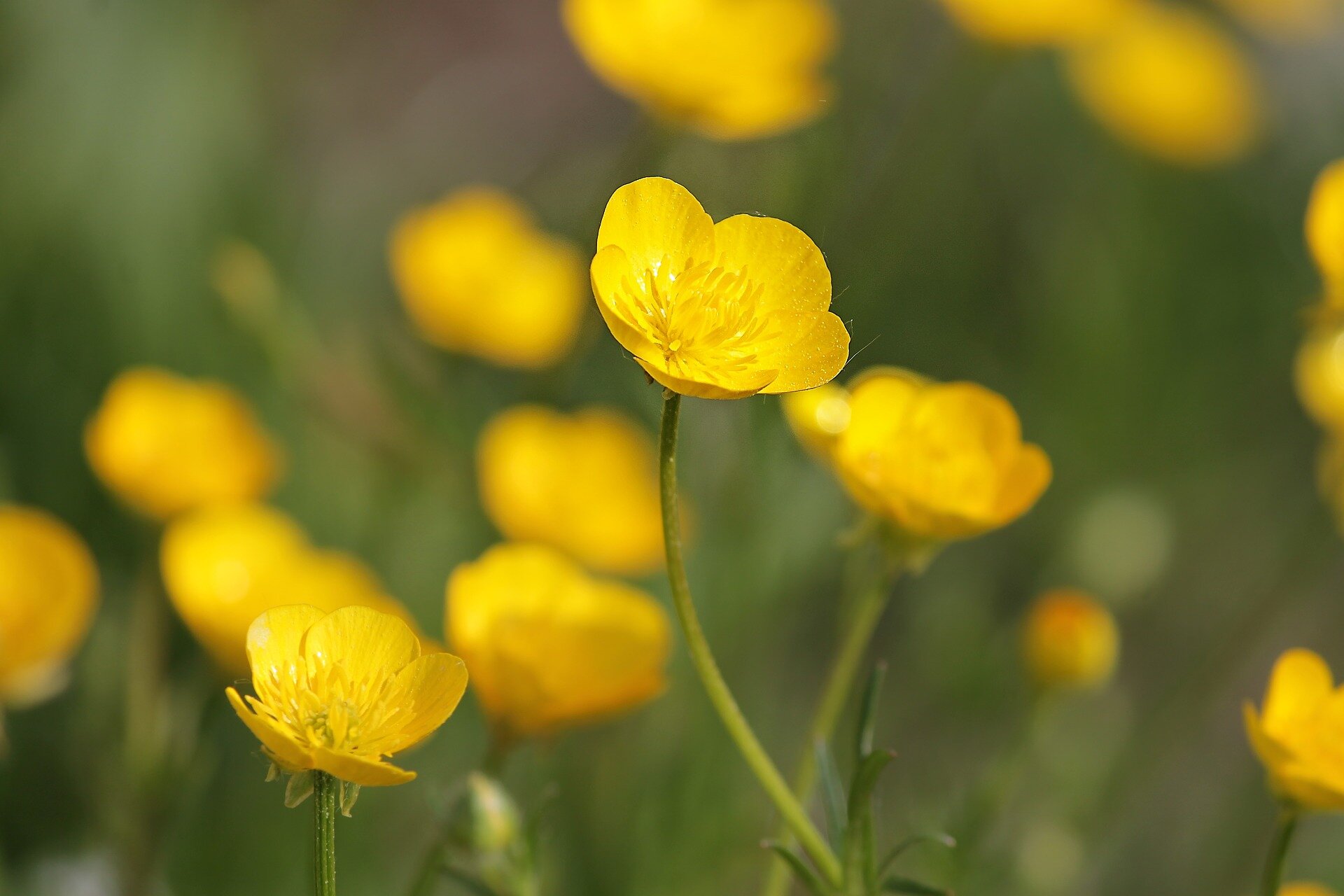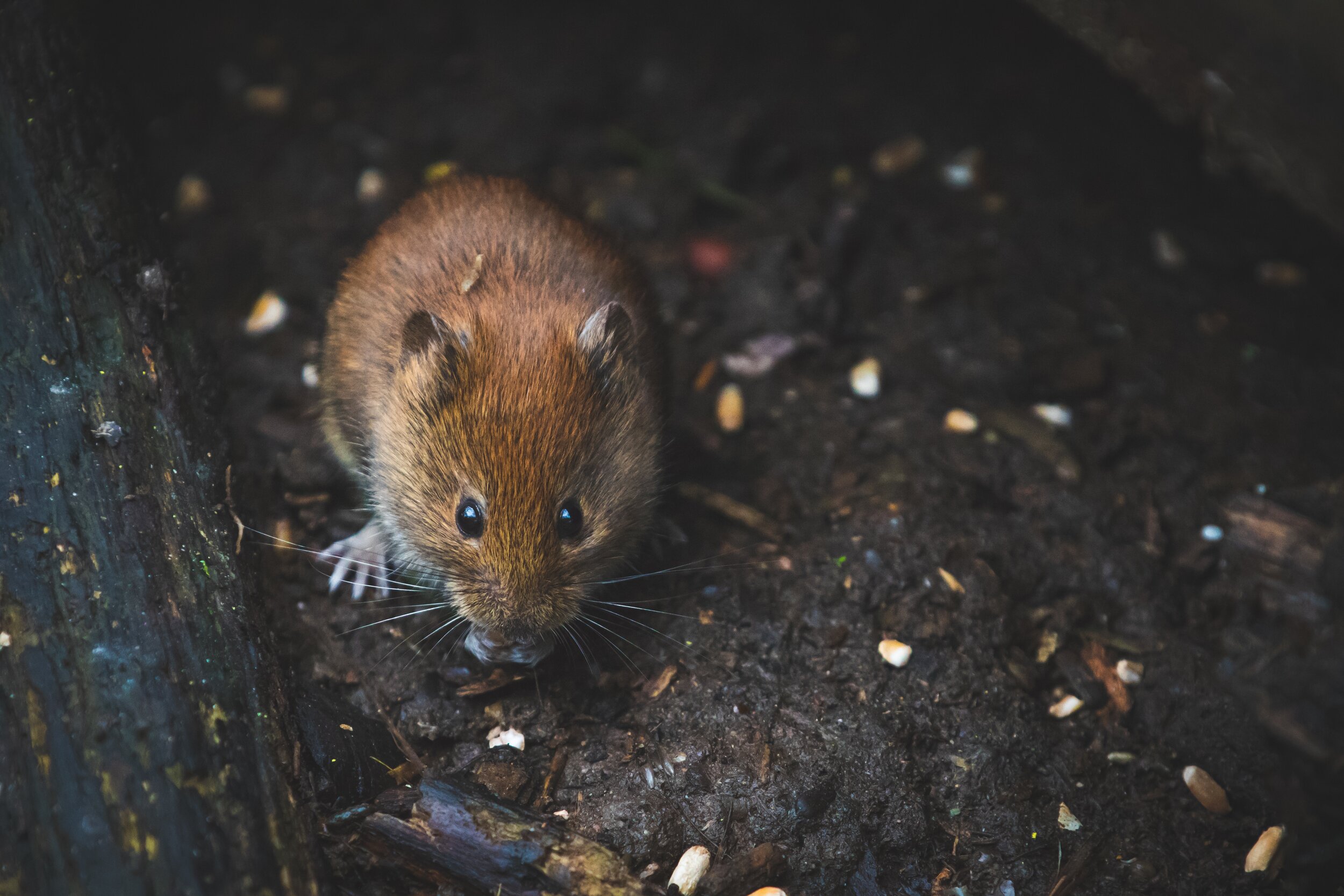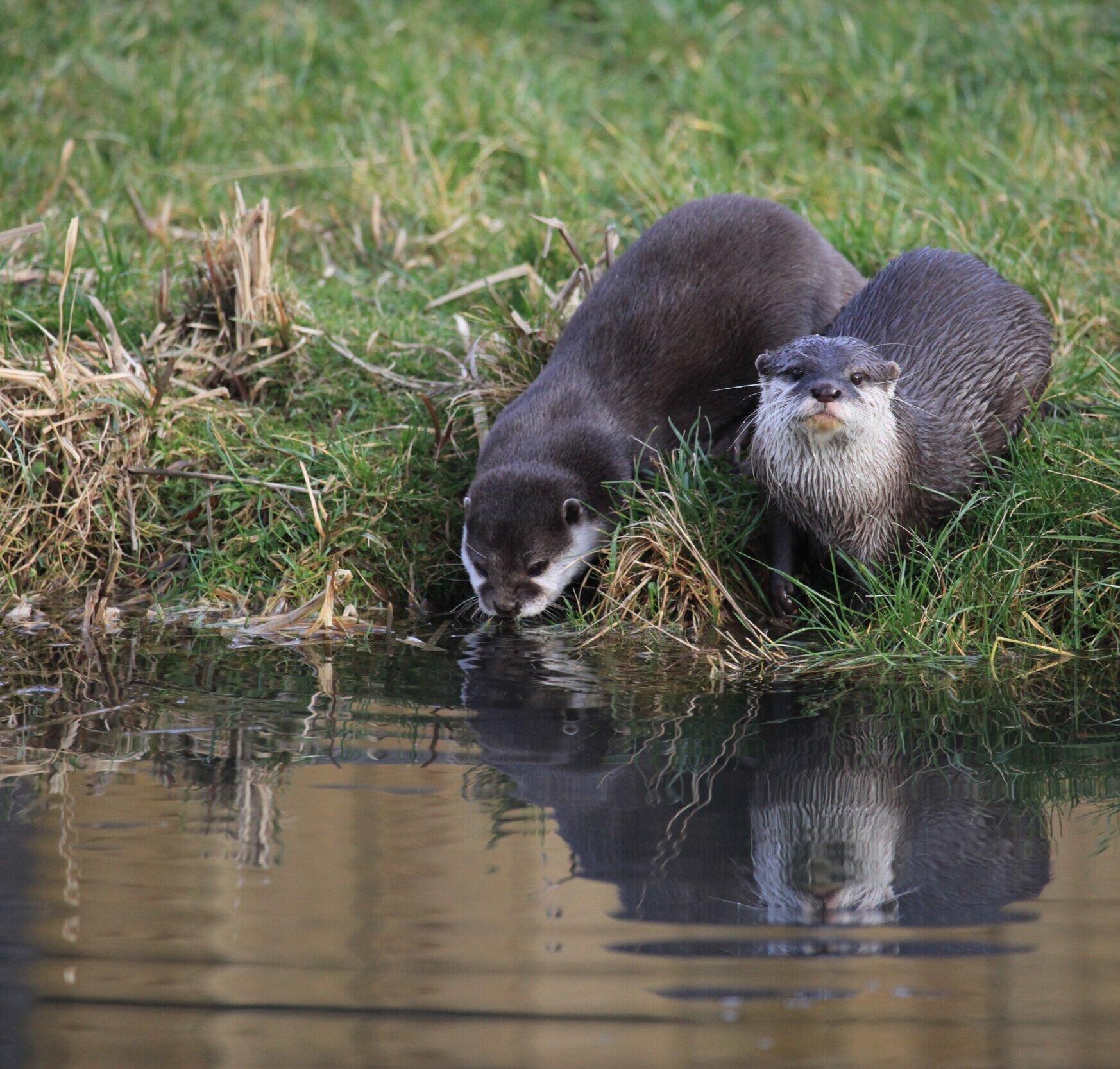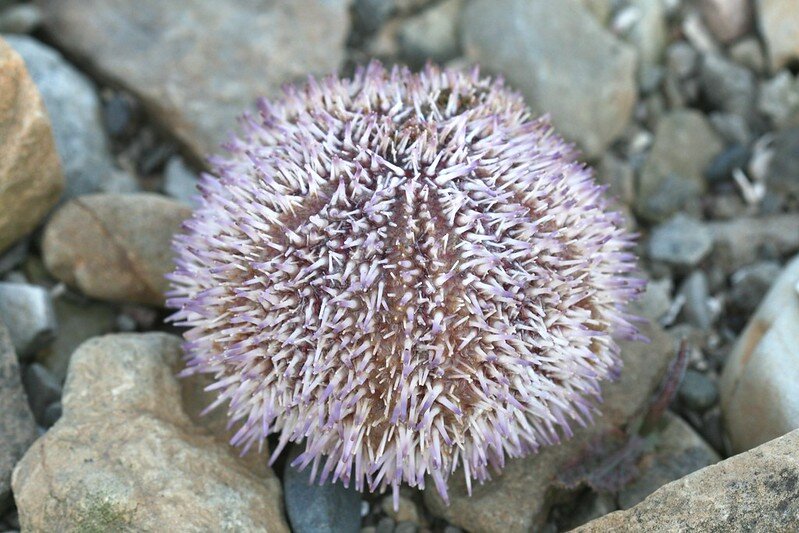
Thousands of animal bones and tiny plant remains contribute to our picture of life in Iron Age Assynt
The Highlands of Scotland were - and are - home to a diverse range of plant and animal species. Analysis of the material from the broch gives a snapshot of the local environment in the Iron Age.
Many of the animal bones and plant remains tell the story of meals cooked and eaten at the broch. Find out more about diet here:
Flora
Heather, bracken and sedge were collected and used as flooring, bedding, roofing, and later recycled as fuel when they had served their primary purpose.
Large concentrations of heather and peat were discovered in contexts related to the final burning event, probably representing roofing material that had fallen during the fire.
Bracken was discovered in Cell 2, which was used as a grain store. The bracken may have been used as flooring to help keep the grain from spoiling by raising it off the floor and helping it stay dry. Bracken has the added advantage of containing natural insecticides and flavonoids, both of which have antibiotic properties which would help protect the grain from mould.
Analysis also revealed a handful of seaweed fragments, probably brought to the broch deliberately. Seaweed has a range of uses including as fuel and animal feed, and in medicine and thatching.
Evidence of buttercups and violets adds splashes of colour to the emerging picture of life at the broch
Fauna
Almost 8000 animal bones and bone fragments were discovered at the broch. These help us to understand what species were around – whether farmed, domesticated or wild - in the Iron Age.
Wild Mammals
Wild mammal species identified in the bone assemblage include red deer, whale, seal (including grey seal) and cetacean (whale/dolphin). You can read more about the role of these animals in the diet and economy here.
Four bones had marks creating by gnawing, including a sheep rib which had marks made by a small mammal such as a dog or cat. A treasured pet perhaps, or a pesky scavenger?
Lots of rodent bones were identified – mice or rats who searched for discarded food, rummaged among midden material and stole from the stores. Mouse coprolites – poos – were also identified during microscope analysis of soil samples. The broch was probably home to a large population of mice. Perhaps a cat was allowed to live in the broch in return for helping to keep mouse numbers under control?
Fish
Almost 1500 fish bones were found at the broch, recovered through the careful wet sieving of soil samples collected during the excavations.
Around 90% of the identifiable fish bones were from fish from the cod family, mostly saithe and pollack. Bones from the sea scorpion family were also present in small numbers as well as rocklings, eel, salmon, trout, flatfish, ray, herring and butterfish. Most of these are marine species, which is to be expected given the broch’s coastal location, but the eel were probably caught in a freshwater stream or river, or one of the small lochs nearby.
The fish remains found at Clachtoll mostly comprised bodies without the heads. The heads were probably discarded soon after the fish were caught, perhaps along with the guts and most of the scales. Scales rarely survive for archaeologists to find, but we found six, probably belonging to cod.
Some of the fish bones recovered may represent otter activity, but not from the Iron Age.
Otters sometimes set up home in abandoned buildings like the broch. Otters deliberately and repeatedly spraint – poo – near the entrances to their holts. This can result in a build-up of spraint over a period of time.
In Cell 1 at Clachtoll Broch, higher proportions of sea scorpion family fish and rocklings were identified. These fish are not often eaten by humans but are enjoyed by otters. Though no otter bones were identified during the excavations, otters are known to populate the area around Clachtoll today.
Three fragments of calcined sea urchin were found at the broch
Was the shell collected as a pretty object, or was the sea urchin eaten as part of a meal?
